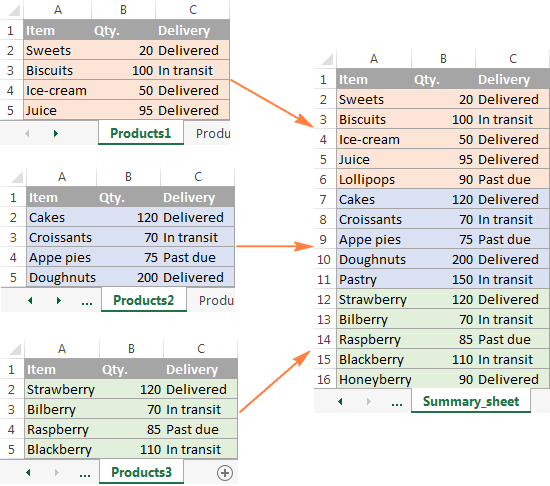Unveiling Fax Machine Secrets: Sent Paperwork Details Revealed

If you've ever wondered about the secrets of how fax machines work, especially regarding the privacy and security of the documents you send, you're in the right place. Today, we delve deep into the inner workings of fax machines and explore the fascinating world of sent paperwork details. From how your document travels through the line to the level of security provided, we'll answer all your questions and more.
How Fax Machines Operate

Fax machines have been a staple in offices around the globe for decades, known for their reliability in transmitting documents. Here’s a simple breakdown of how they work:
- Document Scanning: The original document is placed on the machine’s scanner. The scanner reads the document and converts the image into digital data.
- Encoding: This data is then encoded into a format suitable for transmission.
- Transmission: Using either a standard telephone line or digital IP networks, the data is sent to the recipient’s fax machine.
- Reception: The receiving fax machine decodes the digital data back into an image and prints it.
💡 Note: Fax machines use standard telephone lines for transmission, which limits the speed at which documents can be sent.
The Security of Fax Transmissions

One of the biggest concerns with any form of document transmission is security. Here’s what you need to know about fax security:
- Analogue Line Security: Since fax transmissions go over traditional phone lines, they are inherently less secure than encrypted digital methods. However, interception requires specific equipment and know-how, making it less of a common threat.
- Encryption: Modern fax machines or fax servers often include options for encrypting the transmission. This provides an additional layer of security.
- Confirmation of Transmission: Fax machines often provide a confirmation report, which acts as a receipt, ensuring that the document was successfully sent.
🔐 Note: Fax encryption can be implemented using protocols like TLS for increased security.
Details Sent with Each Fax

Every fax transmission includes specific details:
- Sender’s Information: This typically includes the sender’s fax number and sometimes name or company name.
- Date and Time: The exact moment of transmission is usually printed on the cover sheet or header of the received fax.
- Page Count: Many fax machines or services include the number of pages sent in the transmission header or confirmation sheet.
- Cover Sheets: These can contain more detailed information like the recipient’s name, organization, subject, and any additional notes from the sender.
Steps to Send a Secure Fax

If you’re concerned about security when sending important documents via fax, follow these steps:
- Use a Cover Sheet: This helps to keep the actual document private until the recipient reaches it.
- Encrypt the Transmission: Ensure that the fax machine or service supports encryption, especially for sensitive information.
- Verify the Recipient: Double-check the recipient’s fax number before sending to avoid accidental transmission.
- Retain Confirmation Reports: Keep the confirmation reports for your records to verify the document was sent.
📜 Note: Ensure the cover sheet includes any necessary confidentiality or security notices.
In conclusion, while fax technology might seem old-fashioned in our digital age, it still holds its ground due to its simplicity and reliability in transmitting paperwork securely. By understanding how fax machines work, the security features they offer, and following best practices for sending documents, businesses and individuals can continue to benefit from this legacy communication tool. Whether it's for legal documents, medical records, or business contracts, the fax machine remains a trusted ally in the flow of information.
Can someone intercept my fax transmission?

+
Interception of fax transmissions requires specific equipment to tap into the telephone line, making it less common. However, using encrypted fax services can further minimize this risk.
Is fax still secure in the modern era?
+
Fax transmissions can be made more secure with encryption and proper security practices. For many organizations, faxing remains a secure option compared to email, especially for sensitive information.
How do I know if my fax has been successfully sent?

+
Most fax machines will print or display a confirmation report indicating the success or failure of the transmission, along with any error codes or messages.
Can I encrypt a fax transmission?

+
Yes, modern fax machines or online fax services support encryption, like TLS, to secure the transmission over the internet or phone lines.
What details should be on a fax cover sheet?

+
A cover sheet should include the sender’s and recipient’s details (names, phone numbers, etc.), the subject, the number of pages, date, and any confidentiality notices.



